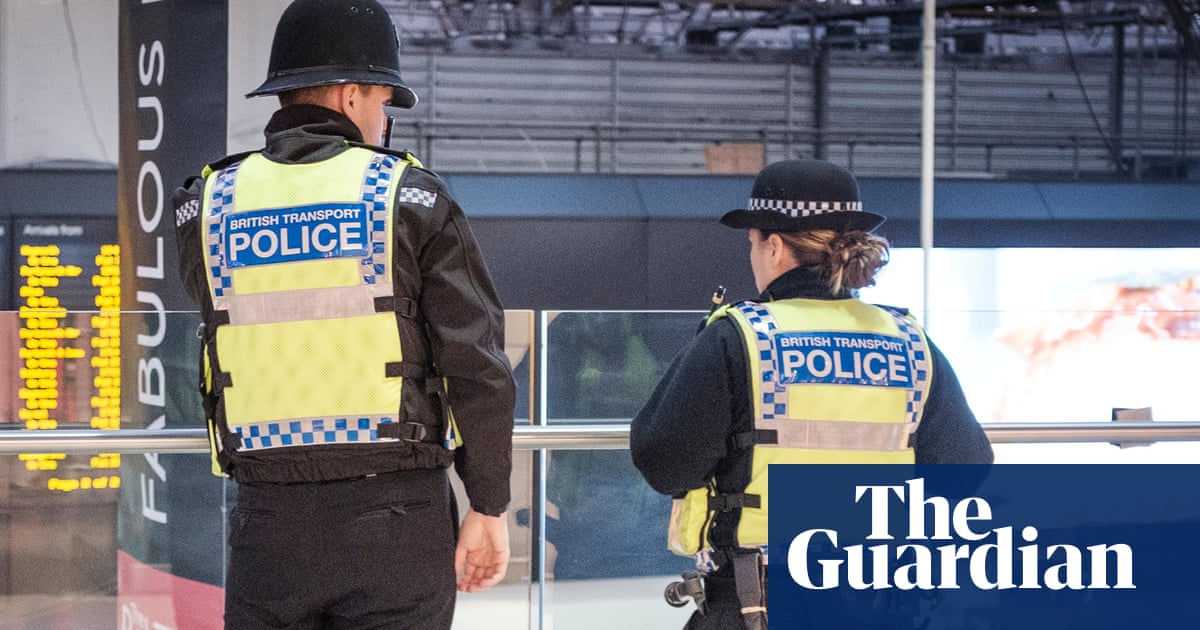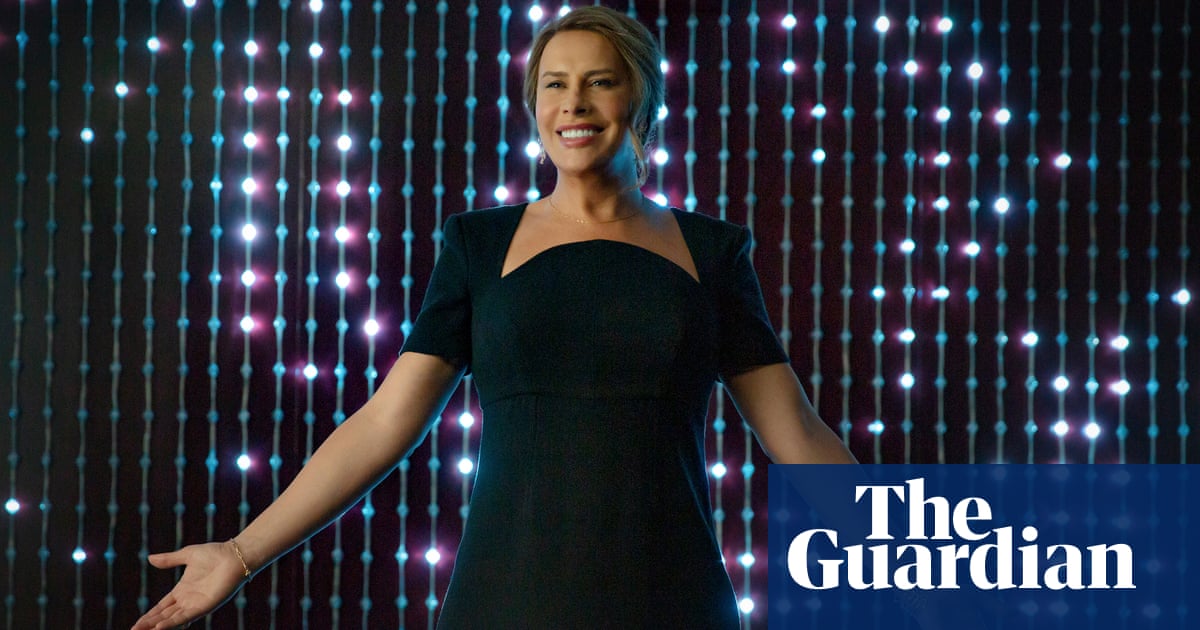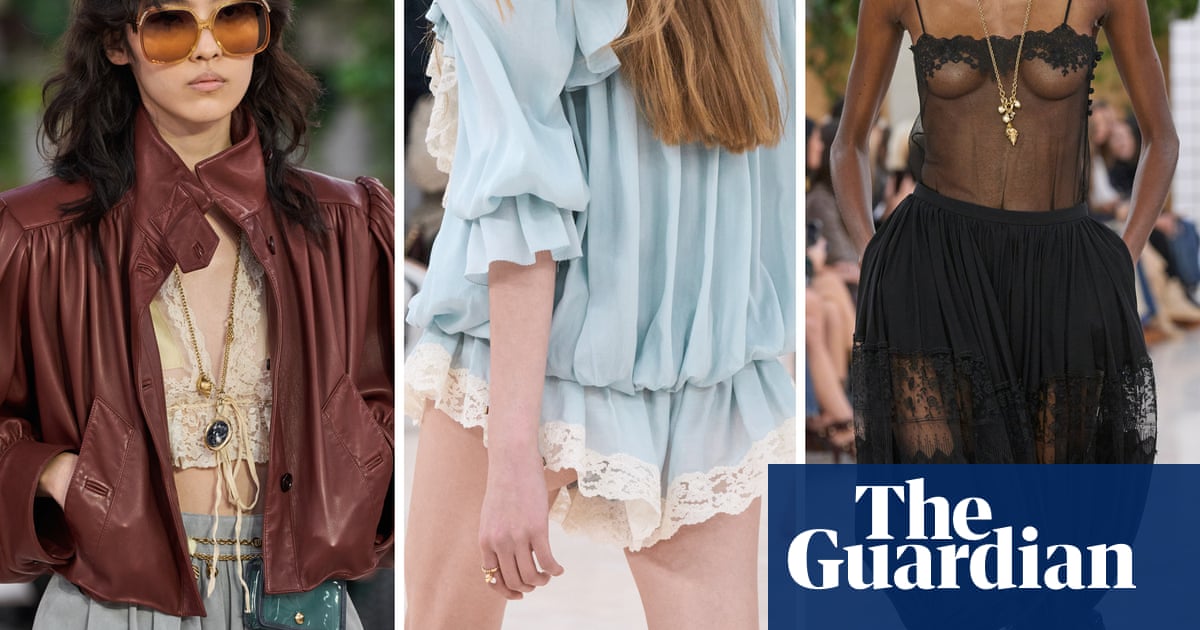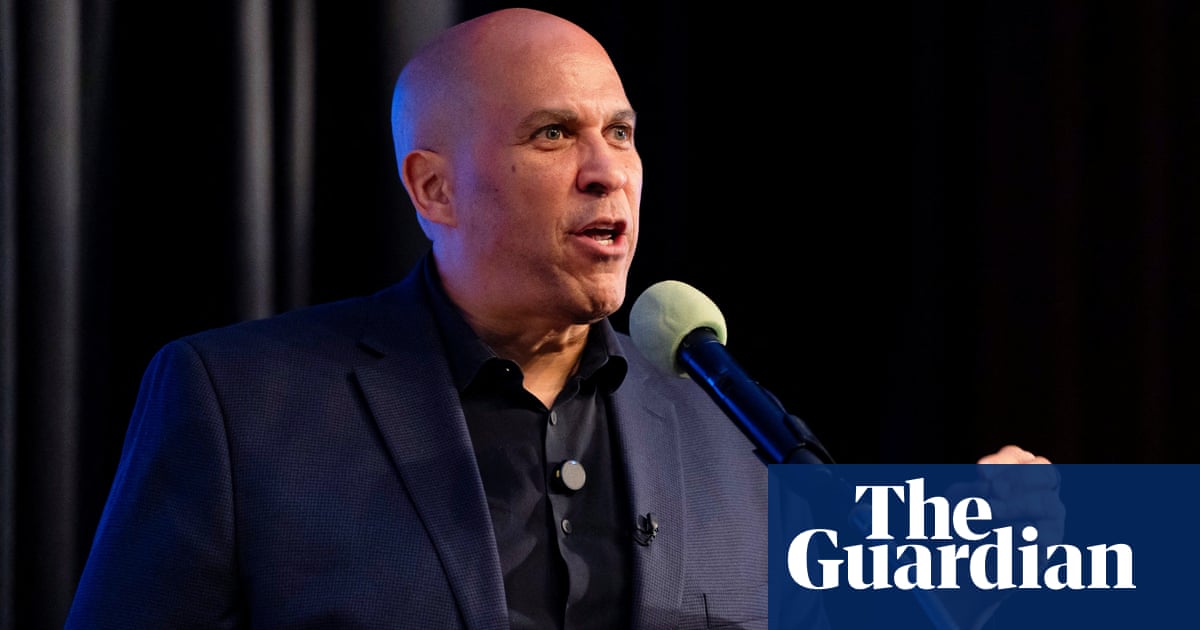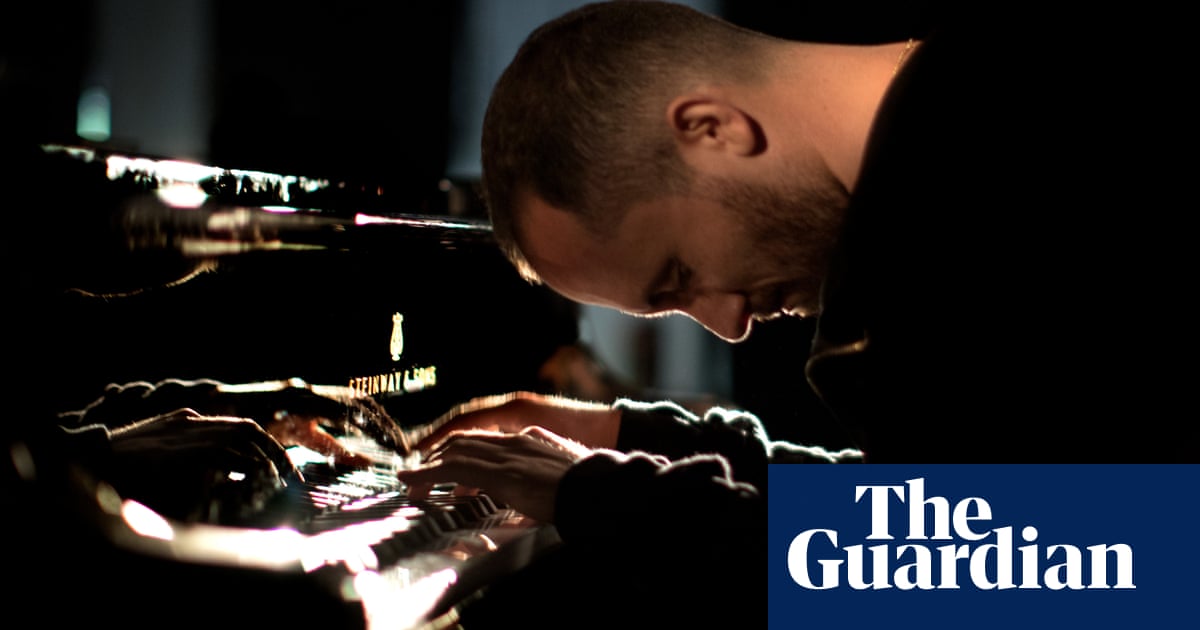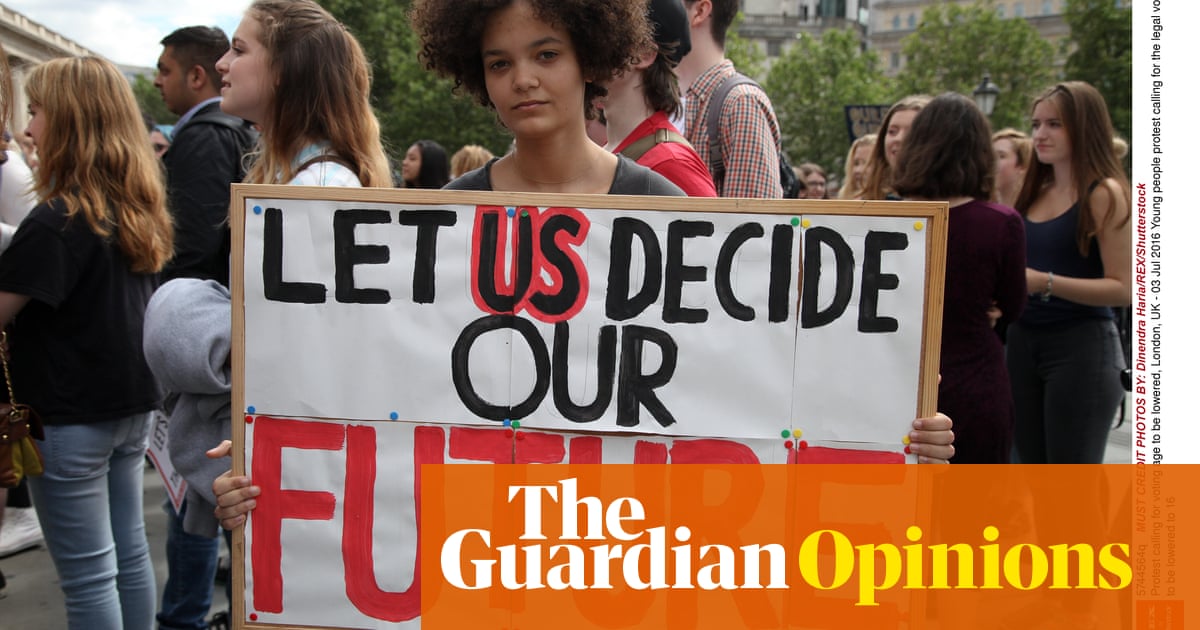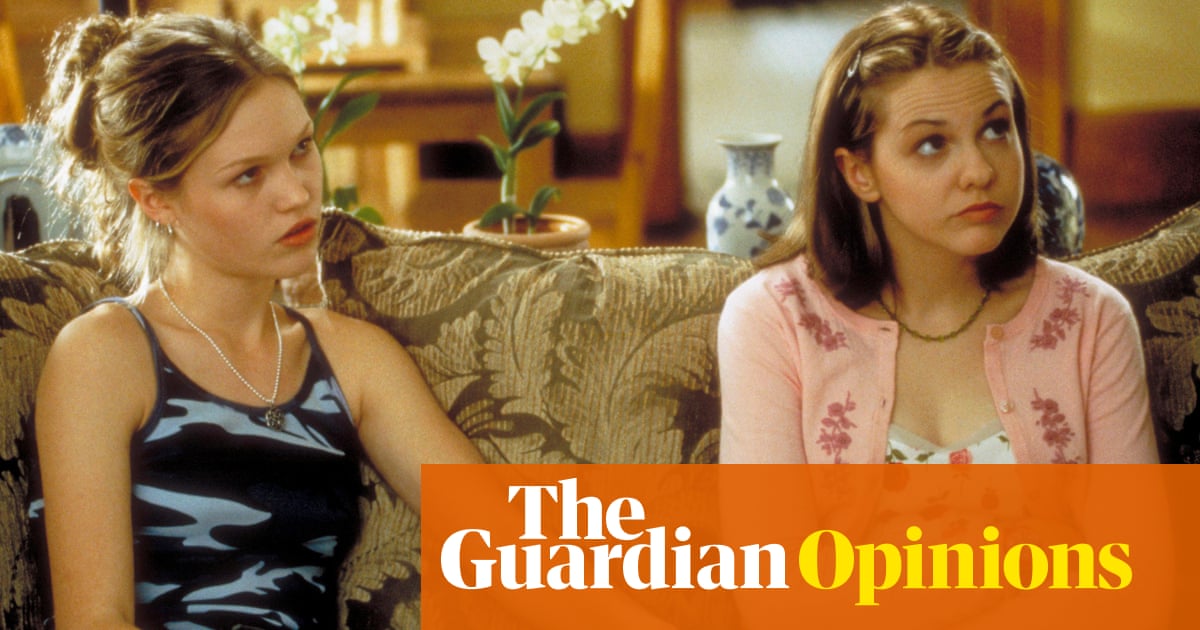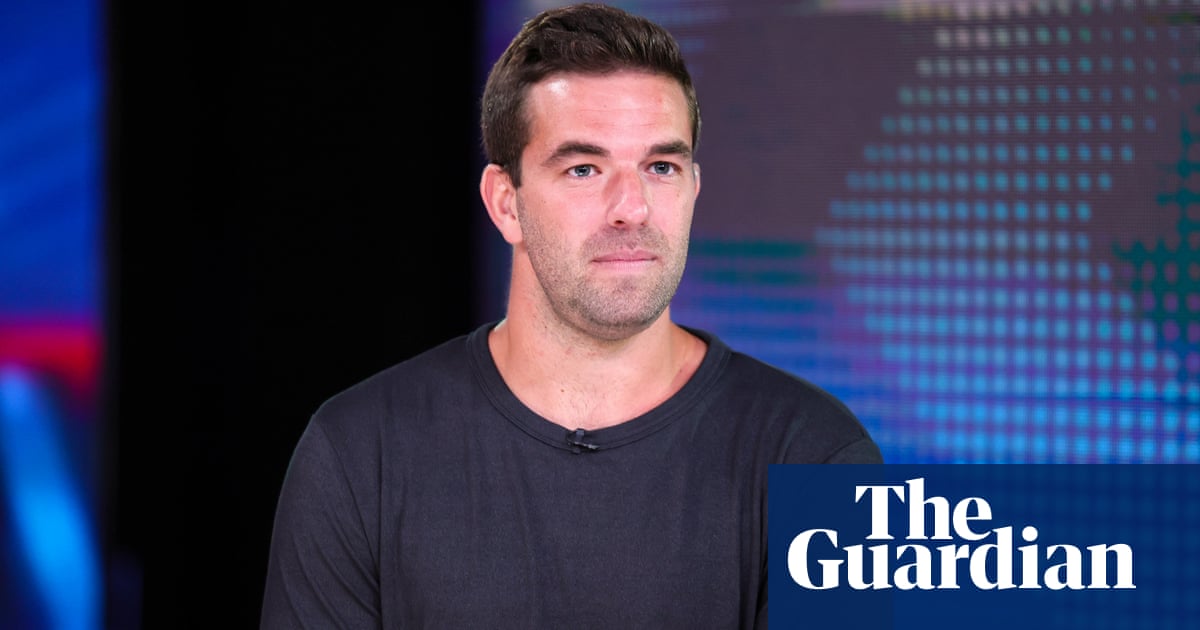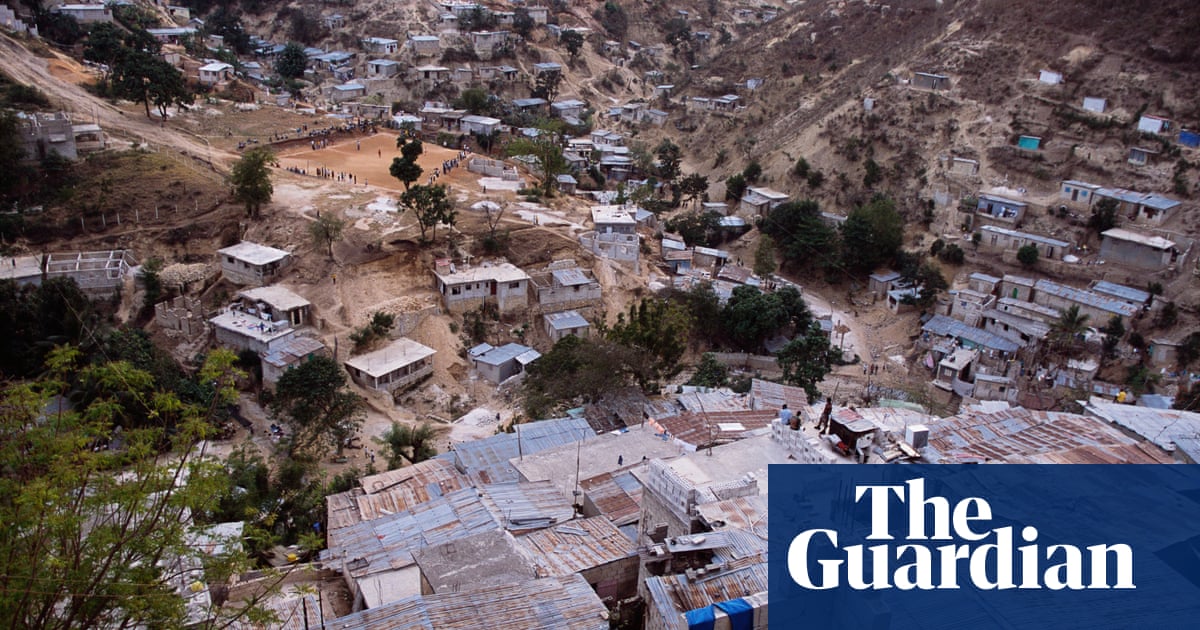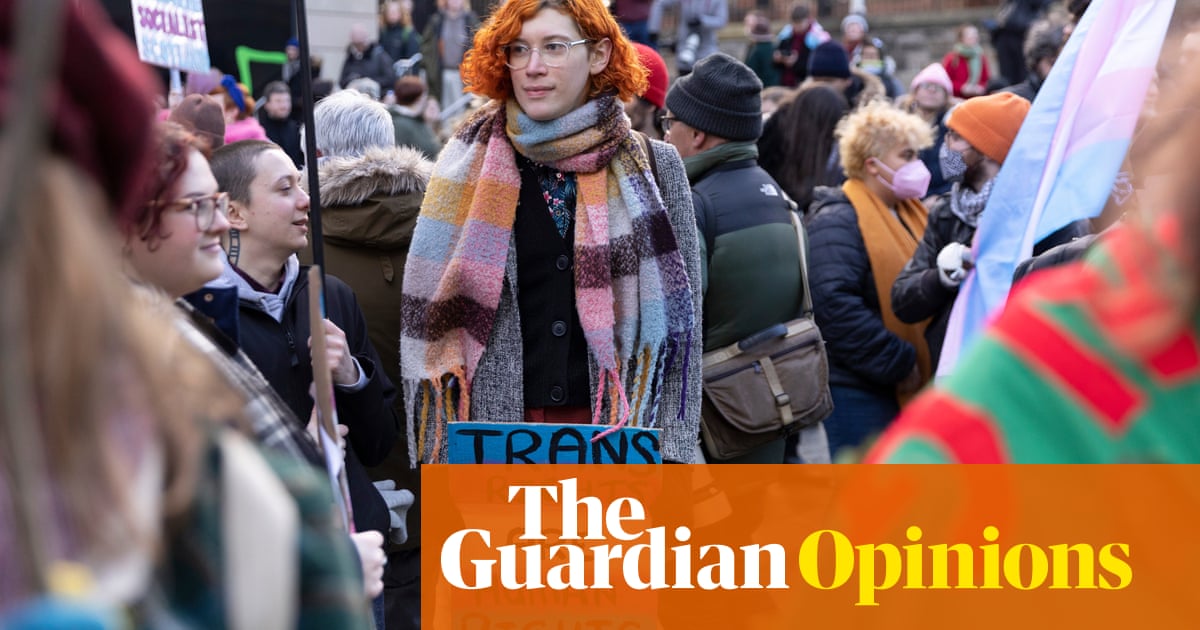I would like to be able to start this story with a stellar anecdote about how exactly my life imploded. “I was walking down Sunset Boulevard and Harry Styles ran me down in a Ferrari.” “I was dancing on a podium in Ibiza when a falling speaker semi- decapitated me.” In reality, it was much more mundane, as these things inevitably tend to be. I went to the pub and I caught the flu. That was it.
I spent Christmas 2017 with what I thought was a regular illness. By February, I was unable to breathe or move. Flu had become flu complications and I was strapped to a ventilator mask. My energy had all but disappeared to the extent that even breathing was a high-end task. In my bedroom, alone, plastic casing enveloped my skin. I looked like Darth Vader, if Darth Vader spent a lot of time in Primark pyjamas. The cliche for this sort of thing is to say that the months that followed were a blur. But as anyone who has ever been through anything knows, really, it is the opposite. You wish it was a blur. You would pay good money for a haze, to black out for as long as it takes to get through the worst and re-emerge fabulous, like a contestant in a Netflix makeover show.
The days did not blur. Each minute was sharpened, as if I was living in a new reality that had been cut out with lasers. I couldn’t leave my house, I could barely get out of bed, and I didn’t understand any part of that.
Fatigue is hard to comprehend until you have it. I learned abruptly that it was not being tired from a big night out or burnout after a stressful spell at work. It was all-consuming, as if my body were wearing a weighted blanket that I couldn’t shake off. Getting up from the toilet was enough to make my knees buckle, pills and dignity draining down the bottom of the sink. For a while, I was surviving off cookies; my narrowed oesophagus refusing to swallow anything else, every muscle now apparently a toddler in a tantrum.
Born with a muscle weakness, I was familiar with my body falling short of society’s standards. I had used a wheelchair since I was old enough to reach the wheels and had grown up happy and accomplished. I always thought that meant I had a pretty good handle on my health but it turns out I was merely a novice. If my body was a domestic appliance, I would have been asking to speak to the manager at this point.
As the months went on, I waited for “recovery” – that thing that is meant to follow falling ill. I looked out the window each day, twitching the curtain when recovery began to run late. It never came. Instead, the fatigue and pain hung around, like a noxious smell. There was some improvement – my legs no longer buckled when asked to stand – and yet not enough. In bed, I looked through photographs on my camera-roll for evidence of my former life. Just a few months earlier I had been out at midnight singing at a gig with an old friend. Now, I had a “pill basket” and knew the weights of gateway opioids. In the four walls of my bedroom, my days had shrunk to fit inside. Seasons passed, the sun crept through the blinds, and I blinked into tomorrow. I’d barely hit 30 and it felt as if my life had ended.
When your entire world feels like it has fallen in on itself, you tend to cling to any hint of normality. For me, it was my job. Working as a journalist became something to focus on, a lost part of myself I could still find in the dark. I don’t want to call it delusion but there was probably a fair hint of that. Besides, I needed to feel something other than sickness. I needed to believe there was going to be more to the rest of my life than simply being ill. I made a plan. I would try writing for 10 minutes in a morning. Then 20. If I got dizzy, I would stop.

Two years after falling ill, I had an award-winning column in this newspaper, my first book was published to critical acclaim and I was named one of Britain’s most influential disabled people. It had also been so long since I had washed my hair that my scalp was forming its own paste. Perhaps I was a fraud. Perhaps I was in denial. Or perhaps – go with me here – life is much more complicated than they tell you. Perhaps boxes such as “normal” and “success” are tricks to trap us and a day can be meaningful, hard and funny all at once. Perhaps it is possible to have a body that is unruly, broken, bruised and to actually be OK. To be bloody spectacular. To pick the shards of the broken vase off the floor and superglue life back together, marvelling at the scent of the flowers (and then find a plaster for the blood).
No one really talks about it. No one really talks about what it is to be a disabled woman, especially a young one. To go through something transformative before you can drink legally. To experience pain or exhaustion or to feel 92. To navigate all the standard parts of life – exams, careers, relationships – but with a body that is different from everyone else’s. If we do ever share this, we are expected to sanitise it, to dress up disability and sickness in a palatable bow. Even as I write this I am reticent to share the details of my own experience, not simply because it is private but because it runs against how disabled women are told to speak. We learn early on which parts of ourselves can be shared with the world and which parts we must hide, lest we be pitied, rejected or shamed. We are allowed to talk about our disabled bodies only if and when we have managed to make them appear like “normal” ones. Everyone wants to share the TikTok of the girl rising from her wheelchair to dance at the school prom, not when she feels the music pinprick her skin as she sits. I think it’s time that changed.
When I grew up as a disabled teenager in the late 1990s, I knew no other disabled women like me. I’d seen barely a handful on television and next to none in films. Women’s mags portrayed perfection, and sickness and disability seemingly had no part in that. In some ways, it doesn’t feel much better now. It’s estimated that disabled people make up only 2.5% of people on our TV screens and 3.4% of children’s books have a disabled main character.
The exclusion of disabled women is not simply representational – disabled women are, quite literally, physically shut out of everyday life. Despite the UK having anti-discrimination laws that give rights to disabled people, society is still too often designed for non-disabled bodies. Nearly a third of disabled people say they find using public spaces difficult “all the time” or “often”, according to the UK Disability Survey in 2021. Only 9% of English housing provides the most basic features for people with physical disabilities. In the last 30 years, not a single friend or family member’s home has been accessible to me.
It is not as if life outside the home for disabled people is more welcoming. Just 15% of restaurants and shops in the UK have hearing loops while only 1% of space at sporting venues is made available for disabled fans. I have regularly sat for seven hours sipping one drink in a pub because there is no accessible toilet. I have missed a friend’s wedding because the venue had no lift. I have sat outside restaurants eating in the cold because the website falsely said a wheelchair user could get inside. I would like to say there is outrage each time but, as I think we all know, nothing happens. The lesson for disabled women comes early and it comes often: the problem is not how society is built – the problem is your body.
It isn’t only infrastructure that we’re shut out of – it’s a decent income too. Nearly half the people in poverty in the UK are disabled or live with a disabled person. We are, on average, paid less than non-disabled people, more likely to be turned down for a job and less likely to be given senior roles at work, all while shouldering the extra costs of disability with often insufficient or no support from government. Even a Labour government cuts disability benefits.
On top of this, disabled people routinely face negative attitudes from the public. Research by the disability charity Scope in 2022 showed that a quarter of disabled people had been accused of faking their condition or not really being disabled, while a third had experienced people making assumptions about them or judging their capabilities based on their disability. This idea that disabled people are inherently different to “normal people” is startlingly common: separate research by Scope shows more than one in 10 non-disabled people “hardly ever” or “never” think of disabled people as the same as everyone else.
Growing up, I surveyed a world around me that was not made for people like me, and worse, actively kept us out. I had no idea what it was to be a disabled woman, or that it was possible to be happy, to have a career or relationships. This only increased when I got sick. It’s no wonder. Women are routinely fed the message that we must be perfect; any hint of fallibility or difference – a career misstep, an anxious mind, a diet that includes gluten – means we are somehow failing. Every open-mouthed stare at a club when you laugh from your wheelchair, every comment from a stranger that they would rather die than be like you, sends a painfully clear message about how life with a disability is “meant” to be. We are taught from an early age that good health is the precursor to a positive existence, even more than wealth or social prestige. “At least you’ve got your health!” the adage goes. But what if you haven’t? It is hard to imagine the world has wonderful things to offer you when it routinely tells you it doesn’t.
This is not because there aren’t many of us. Almost a quarter of people in the UK have some sort of disability – be it a physical impairment, mental health condition or chronic illness. Look at the global picture and the scale is even more vast: the World Health Organization estimates there are 1.3 billion people globally who have “significant disabilities”. What is more, the “disabled club” is not an exclusive one: any one of us can develop a long-term health condition at any point in our lives and find ourselves part of this community. That’s even more the case if you’re a woman: the World Health Survey estimates that the prevalence of disability among women is 60% higher than our male counterparts. Disabled women are by far the biggest minority group in the world but we are still the least visible. Where are our voices? Why aren’t we part of the conversation?

This doesn’t mean we aren’t contributing. Far from it. Disabled women are making waves like never before, ushering in societal change through politics, business, acting, science, sport, music, journalism and more. Some of the most famous and influential women in the world today have a long-term health condition, from Greta Thunberg (autism), Billie Eilish (Tourette syndrome), Greta Gerwig (attention deficit hyperactivity disorder), Selena Gomez (lupus and bipolar disorder), to Lady Gaga (fibromyalgia). We are winning Oscars, leading communities and legislating in parliaments. We are topping the charts, campaigning for equality and winning gold medals. Imagine what it would be like if these stories were put front and centre of mainstream culture. Imagine what it would feel like if women’s disabilities were not just acknowledged, but celebrated. This is in many ways why I wrote a book about life for disabled women in Britain today, including interviewing more than 70 well-known women and experts with physical and mental health conditions. I wanted to take a subject – and a section of society – that is still shrouded in stereotypes and shame to shine a light on it, in all its glory, nuance and pain.
Years on from that night in the pub, I’m still sick. I’m still disabled. But I’m proud of my body, achieving, and laughing. Also occasionally, weeping. This is not the narrative society is used to. They don’t make Hallmark movies about someone never learning to walk again. But I think it is a much more important story. It is easy to be celebratory when you have made it to the top of the mountain, much harder when you’re stuck halfway, freezing your tits off. One thing makes that mountain easier, though: knowing it’s not just you on it. If there is any crumb that I hope you take away from my experience – and those I collected – it is the feeling that there are many women in the world who are experiencing the same things you are.
On my more philosophical days, I think of bad health as something that happens naturally to living things. The pink peonies that brown at the edges. The honey bee that stings only to fall, depleted, through the air. Human beings are no different, really. The difference is that, for us, it is not the end. The clocks don’t stop. The music still plays. We go on. In a society that greets disability with low expectations or outright prejudice, and demands perfection from the mess of modern existence, I will share a secret: it is entirely possible to be happy and fulfilled and disabled or sick, and to proudly carve out your own path. Who wants normal anyway?
Who Wants Normal? by Frances Ryan is published on 17 April (Penguin Books, £18.99). To support the Guardian and Observer, order your copy at guardianbookshop.com. Delivery charges may apply.

 1 week ago
29
1 week ago
29
